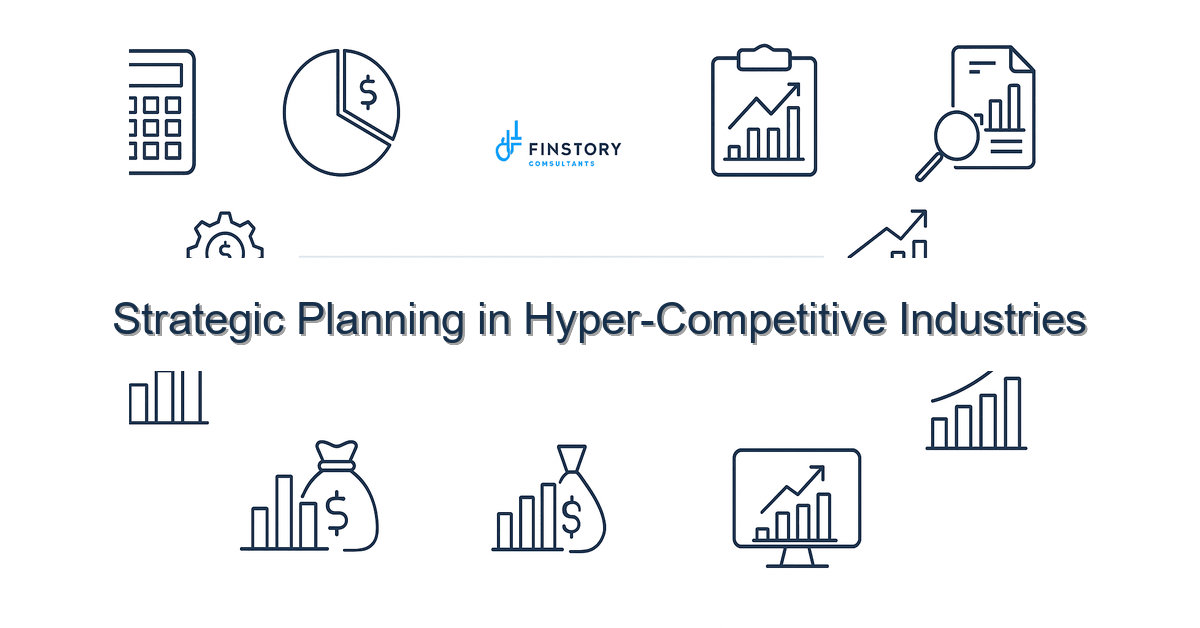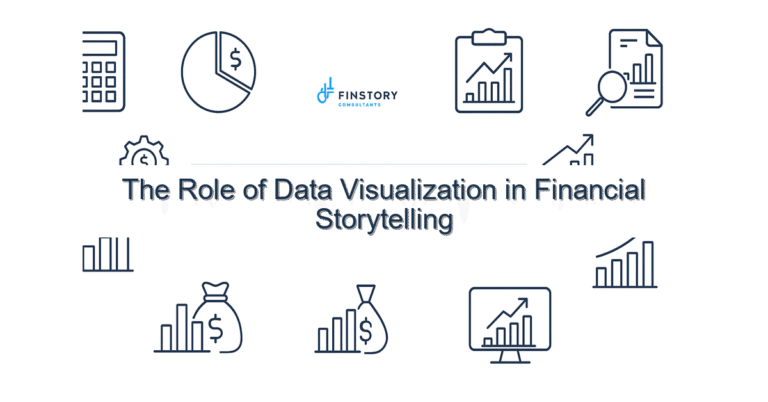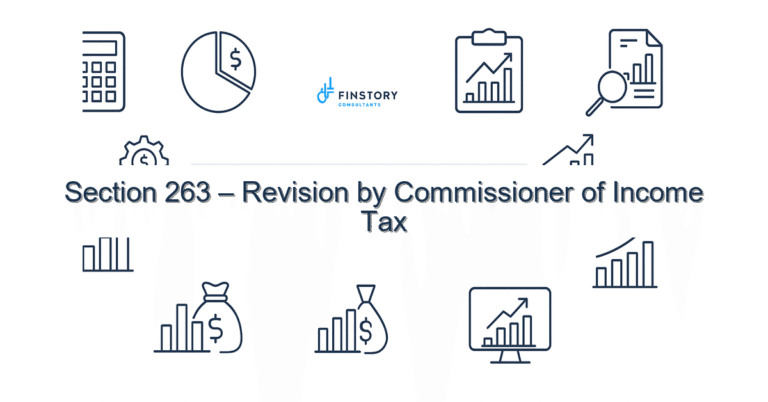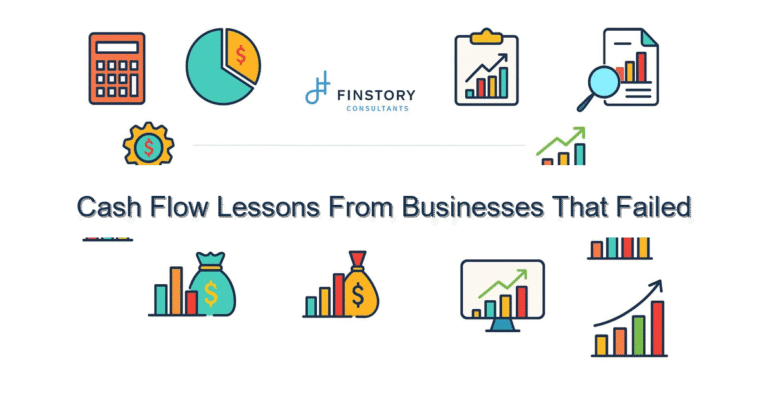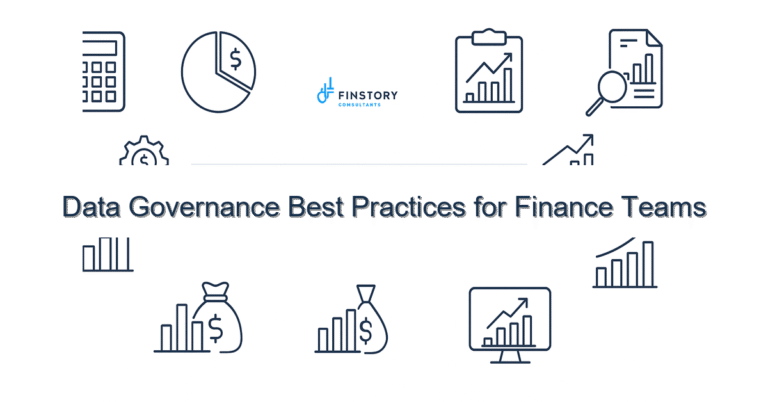Strategic Planning in Hyper-Competitive Industries
You’re juggling thin margins, unpredictable demand, and pressure from payers and regulators. It’s exhausting—and you’re not alone. Strategic planning in hyper-competitive industries feels like trying to hit a moving target while running the hospital.
Summary: Get a finance-led, operationally grounded approach that aligns scenario-based budgets, targeted cost initiatives, and leadership reporting so you can make faster tradeoffs, protect margin, and invest in the areas that actually drive patient and financial outcomes.
What’s the real problem?
In plain terms: you don’t lack ambition—you lack a repeatable way to see the future clearly enough to act. Planning cycles are too slow, forecasts lose relevance by the time they land on the C-suite desk, and operations and finance are not always speaking the same language.
- Budget surprises: monthly results diverge from plan without clear ownership.
- Decision delays: leaders wait for “clean” data and lose windows to act.
- Misaligned incentives: clinical priorities clash with financial targets.
- Scenario blindness: plans don’t model plausible market shifts (payer changes, competitor moves, staffing shortages).
What leaders get wrong
Leaders often assume the problem is lack of data. It’s rarely that simple. The problem is how the data is used—and when. Here are common pitfalls.
- Over-reliance on historical trends. In hyper-competitive industries, past performance is a poor oracle.
- Big, infrequent planning events. Annual plans locked for 12 months won’t survive a new competitor or a payment change.
- Too much precision in early stages. Leaders demand exact numbers before they test assumptions.
- Functional silos. Finance creates a budget; operations creates a staffing plan—no shared scenarios or tradeoffs.
A better approach
Shift from static budgeting to rolling, scenario-led strategic planning. This is practical strategic planning for healthcare operations and finance leaders—framed in three core moves:
- Shorten cycles: move to monthly or quarterly rolling forecasts with clearly labeled assumptions.
- Scenario-first modeling: create 2–3 high-impact scenarios (baseline, downside, upside) tied to clear triggers.
- Decision rules: predefine which levers you’ll pull under each scenario (staffing mix, discretionary spend, throughput initiatives).
Framework (3–5 steps):
- Align on outcomes: define 3 top financial and 3 top operational metrics (e.g., margin %, days cash on hand, OR utilization).
- Build scenario drivers: identify 6–8 drivers (volume, case mix, AR days, labor inflation, payer rate changes) and model their impact.
- Connect to actions: map each driver to operational levers and a short list of initiatives with owners and ROI thresholds.
- Automate and report: use finance automation and leadership reporting to push near-real-time dashboards to decision makers.
- Review fast: institute a 30–60 minute monthly strategic review to decide on pre-agreed tradeoffs.
Real-world story: a regional health system we worked with reduced forecast variance from ±8% to ±2.5% within six months by adopting rolling forecasts and a three-scenario model. That clarity unlocked a targeted $3M reduction in agency labor spend without compromising throughput.
Quick implementation checklist
- Create a one-page planning charter defining decision owners and cadence this week.
- Pick 3 financial and 3 operational KPIs to drive decisions (e.g., EBITDA margin, case mix index, FTE per adjusted admission).
- Build a simple scenario matrix (baseline/downside/upside) with 4–6 drivers in Excel or Power BI.
- Set up a rolling forecast template and move one department onto a monthly cadence.
- Automate one data feed (payroll, OR cases, or revenue) into Power BI or your reporting tool.
- Run a dry-run strategic review this month with executives for a 30–60 minute decision session.
- Define 3 immediate cost or revenue levers with owner and 30/60/90 day milestones.
- Create a single “source of truth” dashboard for leadership reporting and share it before the strategic review.
What success looks like
Measurable outcomes to track as you execute:
- Forecast accuracy: reduce variance to within ±2–3% of actuals for key revenue lines.
- Decision cycle time: shorten time-to-decision from monthly to weekly for high-risk drivers.
- Operating margin improvement: 100–300 basis points improvement within 6–12 months from targeted levers.
- Cost avoidance: documented $X million in agency spend or supply reductions within 90 days.
- Reporting speed: leadership reporting refreshed in < 48 hours after month close using finance automation.
- User adoption: >85% of line managers using the scenario dashboard for decisions.
Risks & how to manage them
Top risks for strategic planning in hyper-competitive industries—and practical mitigations:
- Risk: Over-engineering the model. Mitigation: Start with the 8 highest-impact drivers and iterate monthly.
- Risk: Political resistance to tradeoffs. Mitigation: Pre-agreed decision rules and ROI thresholds reduce debate.
- Risk: Data lags and errors. Mitigation: Invest in one reliable data feed first and add automation (payroll, revenue cycle) before expanding.
Tools & data
Tools matter, but only if they support the process. Common stacks we recommend:
- Finance automation and consolidation tools to free up FP&A from manual closes.
- Power BI (or similar) for leadership reporting with scenario slicers and daily refresh.
- Integrated workforce systems feeding staffing and cost data into models.
- Clear data dictionary and single-version-of-truth practices so everyone interprets metrics identically.
Use finance automation to shorten close and Free up capacity. Use Power BI for near-real-time leadership reporting and scenario exploration. These tools let you focus on tradeoffs, not data cleanup.
FAQs
Q: How quickly can we move from annual budgets to rolling forecasts?
A: You can pilot one service line or department in 4–8 weeks. Full adoption typically takes 3–6 months depending on data maturity.
Q: Which KPIs matter most for healthcare finance leaders?
A: Start with margin %, case mix index, FTE per adjusted admission, AR days, and revenue per visit. Pick the three that drive most decisions for your organization.
Q: Do we need a new ERP or finance system to begin?
A: No. Begin with existing systems plus finance automation where possible. Replace core systems only when process improvements plateau due to technical limits.
Next steps
If you’re ready to tighten strategy and build resilience, start with a 60-minute planning workshop: we’ll map your top drivers, build a simple scenario model, and show which levers unlock margin fastest. Contact Finstory to begin strategic planning in hyper-competitive industries—tailored to your healthcare operations and finance team.
Related reading: see our posts on scenario planning in healthcare, performance dashboards for healthcare leaders, and our Finance Automation services.
Work with Finstory. If you want this done right—tailored to your operations—we’ll map the process, stand up the dashboards, and train your team. Let’s talk about your goals.
📞 Ready to take the next step?
Book a 20-min call with our experts and see how we can help your team move faster.
Prefer email or phone? Write to info@finstory.net
or call +91 44-45811170.
